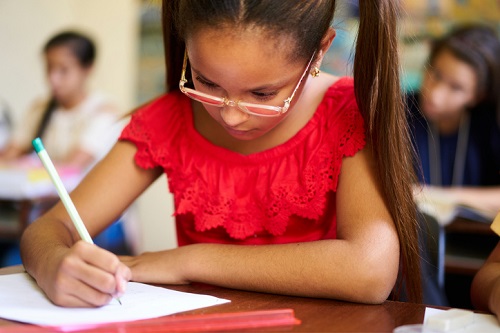
According to the latest figures, there are 384,000 people in Australia who are blind or have low vision.
According to Australia’s leading blindness and low vision service provider, Vision Australia, there will be 564,000 blind and low vision people in Australia by 2030.
With many children living with vision loss, schools have a responsibility to support children not only in their learning but in their post-school transition as well.
Vision Australia supports more than 27,500 people of all ages, life stages and circumstances through 28 Vision Australia centres in all states and territories.
In a submission to a Victorian Government forum on youth employment, Vision Australia said it believes schools have an important role to play in easing the transition to work for young people who live with blindness and low vision.
According to VicHealth it takes young people 4.7 years to enter full-time work after finishing education, while unemployment, job insecurity and poor work conditions are the three biggest work-related risk factors for mental illness.
For young people who are blind or have low vision or live with any other disability, these issues can be compounded due to accessibility challenges and employer perceptions.
Vision Australia government relations and policy adviser, Kate Begley, said “major changes” must occur to increase employment opportunities for people who live with blindness or low vision.
“We know that sub-conscious bias greatly inhibits education and employment outcomes for people with disability and school principals can play an important role in helping to tackle the chronic, and very often subconscious, attitudes of low expectations of people with disability,” Begley told The Educator.
“This can be done though employing staff with disability, which provides students with the opportunity to hear about the lives and experiences of people with disability.”
Begley said shifting attitudes must also be done in conjunction with “ensuring the accessibility of learning materials and ensuring that only accessible technology and equipment is bought by the school”.
Related stories:
Survey reveals alarming bullying figures
Govt flags more support for children with a disability


